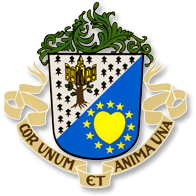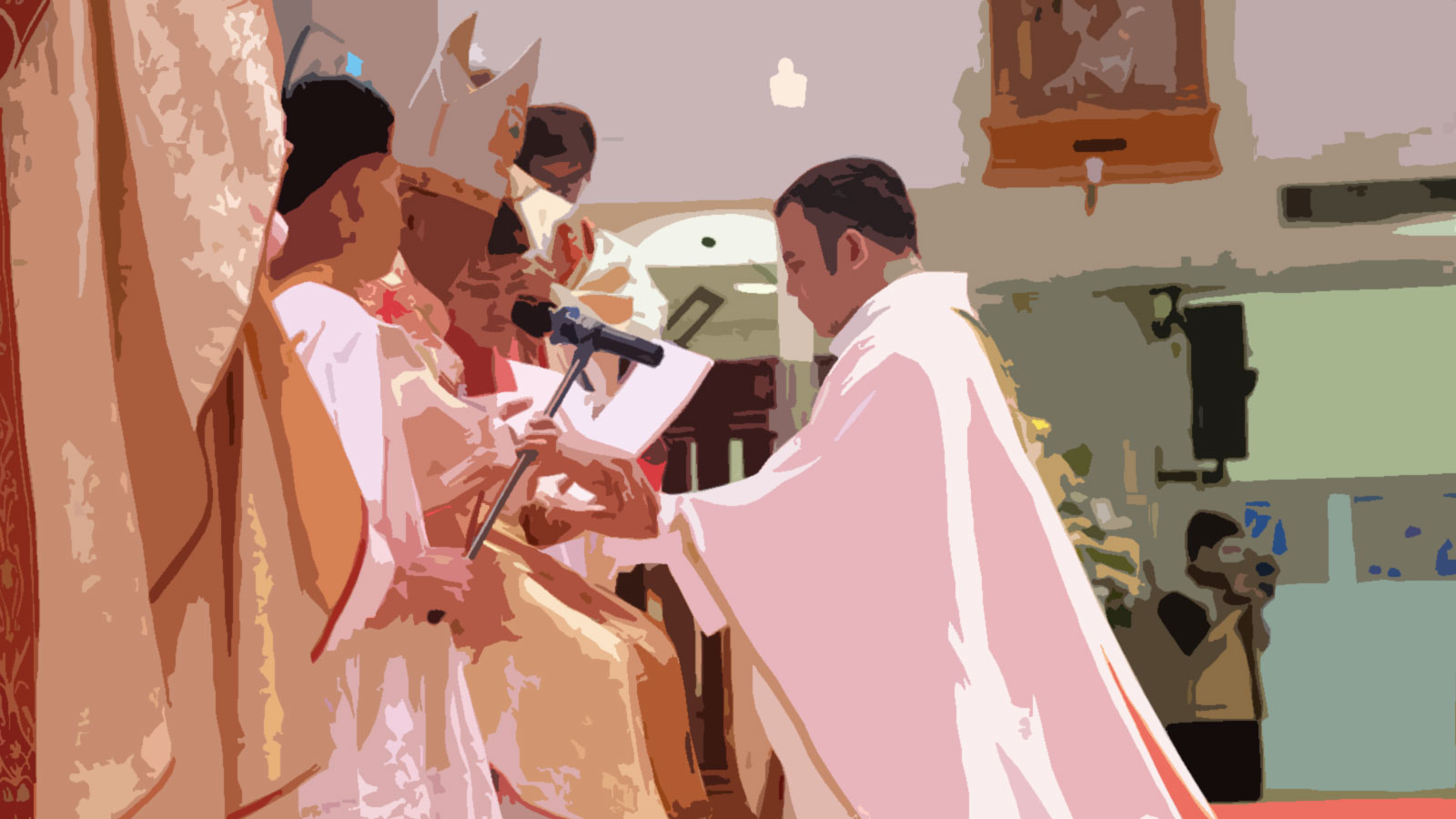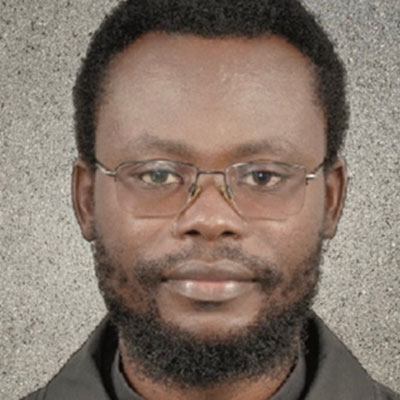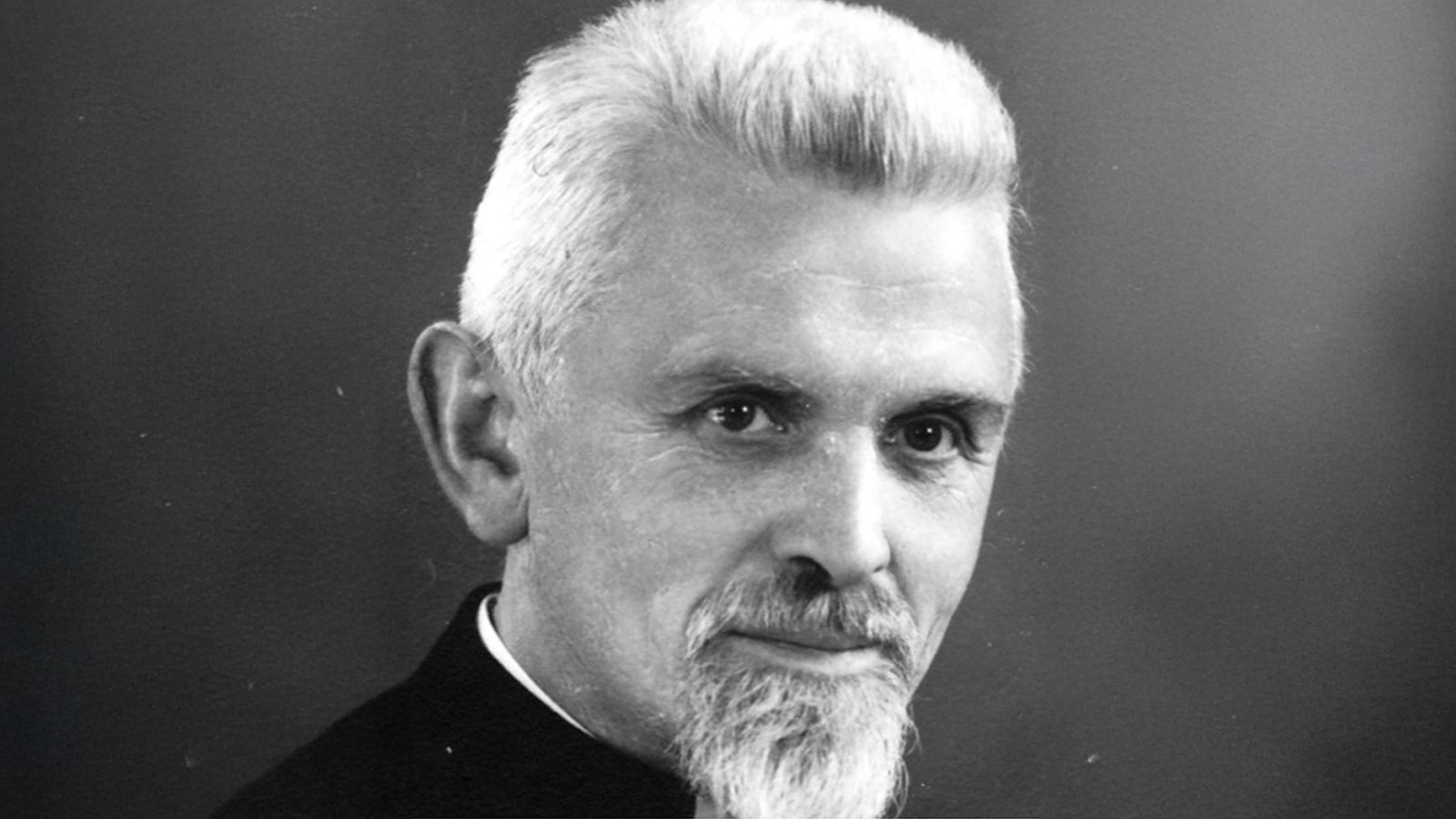 by Adorable Castillo, cicm
by Adorable Castillo, cicm
Vicar General
In a very informative article published in SEDOS Bulletin1, James H. Kroeger states that the Philippines is the “world’s third-largest local church” (after Brazil and Mexico) with 82.9% of its total population of over 100 mil- lion are Roman Catholics. Sixty percent (60%) of Asia’s 120 million Catholics are Filipinos. Catholicism was introduced to the natives of the more than 7000 islands by Spanish missionaries who joined the Ferdinand Magellan’s expedition in 1521. The first Mass was celebrated in the Philippines on the small island of Limawasa. It was a milestone in the development of the local Church in the Philippines. In 1565, Miguel Lopez de Legazpi and his colonial fleet landed on the island of Cebu and established a permanent Spanish settlement there. Some years later, in 1571, he transferred his colonial headquarters to Manila. The archipelago was claimed by the Spanish Crown under King Philip II and maintained as an important colony until 1898.
Evangelization of the Philippines was purposely undertaken by several groups of dedicated missionaries: the Augustinians (1565), the Franciscans (1578), the Jesuits (1581), the Dominicans (1587), and the Augustinian Recollects (1606). Manila became a bishopric in 1579 with Fray Domingo de Salazar, OP, as the first bishop. Salazar was an exceptional breed. He was a zealous “disciple” of Bartolome de las Casas (later bishop of Chiapas in Mexico). In the very first Synod of Manila held in 1582, he denounced the abuses of colonial officials and held them accountable before God and people, and even refused “absolution” and “holy communion” to those offending Spaniards.
After the Philippine revolution in 1898 and the subsequent American imperial occupation beginning in 1899, several male missionary groups (non-Spanish) were summoned to continue the works of the Spanish missionaries. To name a few: Irish Redemptorists (1905), Mill Hill Missionaries (1906), CICM Missionaries (1907), Missionaries of the Sacred Heart (1908), Divine Word Missionaries (1908), De la Salle Brothers (1911), Oblates of Saint Joseph (1915), Maryknoll Missionaries (1926), Columban Missionaries (1929), Society of Saint Paul (1937), PME-Quebec (1937), Oblates of Mary Immaculate (1939), and others. Thousands of dedicated female religious also came to engage in the many caritative, educational and social works of the Church.
One peculiar question is being asked whether the Philippines is indeed “Christianized” after 500 years of the presence of Christianity. According to the statistics, almost 94% of Filipinos are Christians that comprise 82.9% Roman Catholics, 5.2% Protestants (of diverse denominations present since 1901), 2.6% Aglipayans (an independent Church founded by Isabelo de los Reyes and Gregorio Aglipay in 1902), and 2.3% Iglesia ni Cristo (founded by Felix Manalo in 1914). If more than 94% of the Filipinos are “baptized,” are they “evangelized”? The Gospel was supposedly proclaimed by the missionaries when Magellan landed in the archipelago in 1521 and, surely, it has been known since then. Is the Gospel being “radically” lived out as a way of life for most Filipinos? It is interesting to note that Filipinos, by and large, have been “sacramentalized,” but inadequately “evangelized.” And therefore, there is the urgent need for “new evangelization” that has been undertaken since the papacy of John Paul II who visited the Philippines twice in 1981 and 1995, respectively. Are contemporary missionaries and pastoral agents involved in this initiative of “new evangelization” or just a routine continuation of the “sacramentalization” of the “baptized”? For in- stance, how do we ensure a holistic formation for newly ordained deacons? Vested with a deacon’s stole and a majestic dalmatic, are they also being trained to “serve” the poorest of the poor akin to the function reserved to the first seven deacons in Acts of the Apostles 6, 1–6? Or are they just simply being prepared to become alert and adept “altar servers”? While bishops, priests and deacons “render service at the altar,” the ordained ministry is best and perhaps, authentically exercised “beyond the altar,” in the peripheries, in the fringe of mainstream society where we find the “last, the least and the lost.”
Magellan got the commission to embark on a voyage around the world to search for gold and spices and to establish Spanish dominion in those “newly discovered lands.” In other words, Magellan and his sailors were “mercenaries,” commissioned and paid by the Spanish Crown to promote Spain’s imperialistic ambition and commercial interests. But when the fam- ished and travel-weary Magellan and his crew encountered the natives of Homonhon and Limasawa in the provinces of Samar and Leyte, respectively, they were “disarmed,” if not “charmed,” by their hospitality and generosity. In other words, Magellan and his “mercenaries” unwittingly became “mission- aries” in their own right, as appropriately expressed by Bishop Pablo David of Kalookan:
They were mostly mercenaries who quickly shifted to acting like missionaries when they encountered people of good will among the natives of Samar, Leyte and Cebu. They were strangers in need of shelter and provisions and who were treated as welcome guests by our ancestors... These European foreigners, who thought they were bringing God to godless people, were probably surprised to find God in the simple and generous hearts of the natives who gave them food, drink and shelter, and who helped them bury their dead and worship their God.2
The unexpected but providential “missionary” transformation of Magellan and his crew of “mercenaries” is an opportune challenge for today’s “missionaries” in the Philippines to carry out boldly and sincerely their missionary mandate and be consciously wary of any unfortunate “re- versal of roles.”
Catholic educational institutions founded by the missionaries have been flourishing in the Philippines. Thousands of parochial schools have educated millions of young Filipinos. A considerable number of our leaders in government, business sector, and civil society have been formed in these schools. A nagging question remains: Why is it that the Philippines scored low in the 2020 corruption perception index totaled as 34 out of 100? Five years ago, a populist leader got elected and his policies resulted in the killing of thousands of small-time drug runners, militant activists and innocent civilians. Apparently, our educational institution has educated “an elite but not a people.” While we value academic excellence as one of the primary goals of Catholic education, measured by the sheer number of professionals and experts graduating from Catholic schools, do we promote the formation of an informed social conscience and a profound sense of social responsibility?
Like in Latin America and elsewhere, popular religiosity in the Philippines is a social phenomenon to reckon with. Millions of devotees flock to the Quiapo Church for the annual feast of the Black Nazarene. Millions also participate in the festive celebration of the Santo Niño and actively take part in numerous devotions to the Blessed Virgin and other saints in various parts of the country. What is the role of popular religiosity in today’s effort of evangelization? Pope Francis puts great emphasis on the inherent power of popular religiosity to deepen the faith of the faithful and to harness their capacity for social transformation. In Argentina, he was known as the “bishop of the slums” for his pastoral program in the “villas miserias” of Buenos Aires. He recognizes the evangelizing power of popular expressions of faith in both the “never-ending process of inculturation” (Evangelii Gaudium # 126) and liberating pastoral activity for the poor to promote social change. In a book entitled Pasyon and Revolution, Filipino historian Rafael
C. Ileto argues that the popular reading of the passion of Christ became a powerful ideological vehicle for local resistance and uprisings against colonial rule in 19th century Philippines.3 The EDSA people power revolution of 1986 was one of the exemplary manifestations of the symbolic as well as the transformative role of popular religiosity in a historic political upheaval in the Philippines.
In the article mentioned above, J. H. Kroeger states that in the Philippines “Priest-Catholic ratio is one of the lowest in the world” and “there is also the glaring inequitable distribution of apostolic personnel within the country.”4 Priests and religious are mostly found in urban areas where the demand for sacraments is high and where the amenities of modern life are readily available. We can arguably say that the idea of “peripheries” is not just geographical but also more existential. However, should we turn a blind eye to the neglect of “geographical peripheries” and the abandon of the rural areas, we run the risk of committing a missionary “sin of omission.”
Another issue that should interest today’s missionaries in the Philippines is the presence of Islam in the country and the call for interreligious dialogue. Muslims represent just 4.6% of the population, predominantly present in Mindanao, in the provinces of Lanao del Sur, Maguindanao, Basilan, Sulu and Tawi-Tawi. Islam was introduced in the archipelago way back in the 14th century by Muslim merchants and Sufi missionaries. Due to prolonged social unrest and violent political upheaval, a good number of Muslims have already migrated to most big cities in Luzon and the Visayas. The most recent devastating event was the Marawi City siege that started on May 23, 2017 and lasted for five months. Hundreds of thousands of people, both Christians and Muslims, were displaced and economic hardship in large proportion ensued. The causes of social unrest, rebellion, and violence in these areas are myriads. Perhaps the only solution possible is “peace and dialogue” among peoples of different faiths. Pope Francis has already initiated a lot of endeavors to promote dialogue between Muslims and Christians. In 2019, he met the Grand Imam Ahmad al-Tayyeb in Abu Dhabi, and in 2020, he went to Iraq and visited the Shia leader Grand Ayatollah Ali al-Sistani. In his latest encyclical Fratelli Tutti, he highlights the role of religious leaders as mediators of peace and dialogue in these words:
As religious leaders, we are called to be true “people of dialogue,” to cooperate in building peace not as intermediaries but as authentic mediators. Intermediaries seek to give everyone a discount, ultimately in order to gain something for themselves. The mediator, on the other hand, is one who retains nothing for himself, but rather spends himself generously until he is consumed, knowing that the only gain is peace. Each one of us is called to be an artisan of peace, by uniting and not dividing, by extinguishing hatred and not holding on to it, by opening paths of dialogue and not by constructing new walls. (#284)
There are still many challenges that lie ahead for us missionaries who wish to learn from the past 500 years of Christianity in the Philippines. The past has only a future if we are attentive to the promptings of the Spirit in our present time, and if we fully appreciate the gift of faith that we have received. As the main theme of the celebration evokes: we are “gifted to give” and the gift remains a gift if it is shared with the rest of the world.
1 See James H. Kroeger, “A Beautiful Journey of Faith: Five Centuries of Philippine Catholicism” in SEDOS Bulletin, vol. 53, no. 1/2 (January-February, 2021), pp. 2-16.
2 “Church Situation in the Philippines: Church-State Relation, Perspectives for the Future,” unpublished article of Pablo David, Bishop of Kalookan, 2021.
3 See Rafael C. Ileto, Pasion and Revolution: Popular Movements in the Philippines, 1840- 1910 (Quezon City: Ateneo de Manila University Press, 1997).
4 Kroeger, p. 11.


